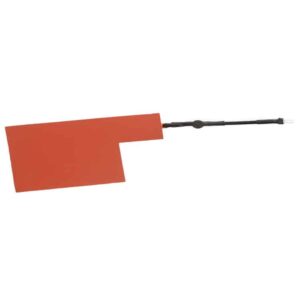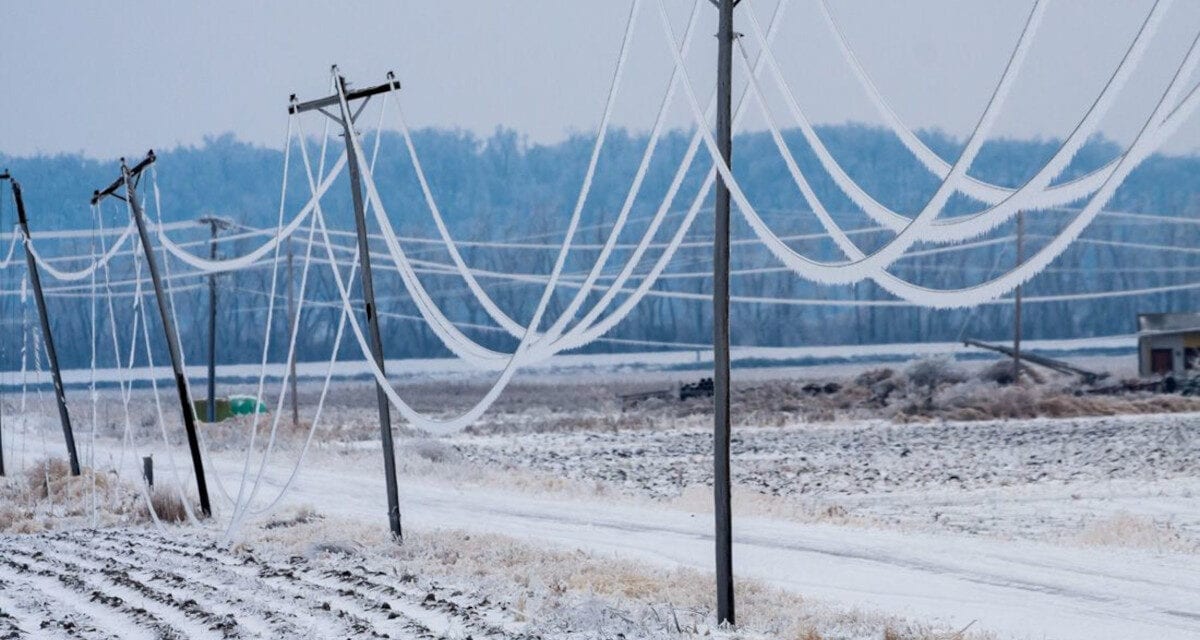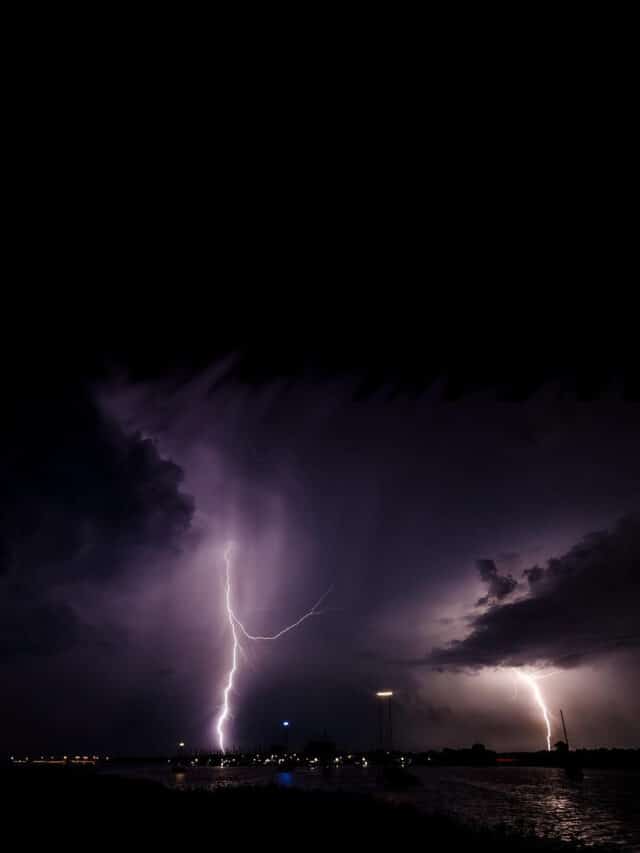Rural utility lines sag to close to the ground following an ice storm. Broken and Shorted Lines Cause Widespread Power Outages
Keep Your Home Generator Ready for Winter Power Outages
As cold winter weather arrives throughout much of the United States, people hurry to purchase new car batteries and fill windshield fluid reservoirs. Some buy new tires for their cars or switch to winter treads.

Keep Snow and other Debris from Accumulating Around Standby Units
Cold weather in these regions is nothing new. The Northern Plains, Upper Midwest, Ohio Valley, Northeast, and Mid-Atlantic States often experience temperatures below zero. Below freezing temperatures are quite common in the Rocky Mountains and central portions of country. Whether you love, hate, or even just tolerate it, the winter season requires more preparation in many aspects of life.
This is the time of year to service furnaces and home heating systems, put out holiday decorations, and look forward to that winter vacation at a warm sunny beach or a powder-covered ski slope
Don’t forget your standby generator seasonal maintenance and preparation. Over the winter, a home backup generator will keep the furnace running through power outages and prevent your pipes (and your family) from freezing. Besides scheduling regular maintenance, keep your standby generator clear of snow and ice and ensure that the air intake vents don’t become clogged or blocked by debris.
Norwall has Cummins Quiet Connect Extreme Cold Home Standby Generators which come out of the box ready for temperatures down to -40° F as just a generator or bundled with a popular automatic transfer switch. Available Extreme Cold Models include 20kW, 17kW, and 13kW with or without a transfer switch
Replace Aging Batteries
A marginal battery during the summer and fall may not cause any issues. Every so often, the standby generator wakes up and starts its exercise cycle. All seems well, despite the controller warns that the battery is near the end of its life. Now that winter has arrived, that marginal battery may not have the power to start the engine when temperatures fall below freezing.
As the temperature drops, the chemical reactions within the battery that produce electric current take place at a lower rate than during warmer temperatures. The colder it gets, the slower the reactions. A battery near the end of its life or one that has seen above average use might not have all the energy it needs to start the engine during cold weather.
The battery will probably fail during a cold spell just when you need it most—a power outage during an ice storm at two o’clock in the morning is not the time to realize your battery can’t start the engine in cold winter weather. If your battery is near the end of its expected life, or if the controller tells you it is time to replace the battery, purchase a new, quality battery and have it installed.
Buy your generator battery at reputable automative parts store. Most batteries will have 3 parts to the specification: Volts, Group, and Cold Cranking Amps (CCA). For example, your generator specification might read “12-Volt, Group 51R, 450 CCA.” Check Your Generator Specifications Before Buying a Battery.

Change the Oil

Maintenance Kits have the Filters and Other Parts Needed to Keep your Generator Running.
On some older generators, colder temperatures may require a lower viscosity oil for easier starting. In the summer, a higher viscosity oil works well to lubricate the engine, but in the winter that oil might be too thick. Changing to a dual viscosity oil will provide easier starting. If the generator’s manufacturer allows or suggests, a dual viscosity synthetic oil may allow easier starting in the winter and still provide the required lubrication and protection in the summer. It’s important to check your owner’s manual or call the generator manufacturer before switching to a different oil viscosity. Never use an oil, either synthetic or non-synthetic, that isn’t recommended by the generator manufacturer.
Related: Winter Weather Safety
Recently, many manufacturers made the move to full synthetic oils. Furthermore, the maintenance cycle for oil changes has increased to once a year or once every other year. Caveat: Check your oil daily when the generator is running and top it off as necessary. Use caution not to overfill.
Change the oil filter every time you change the oil. Dirty oil doesn’t lubricate as well and a clogged oil filter reduces the flow of oil in the engine. Maintenance kits contain all the filters and parts to keep your standby generator engine running. Keep a couple on hand to see you through an extended outage.
Wet, heavy snow that block the generator’s air vents can starve the engine of air and force it to shutdown. Keep the space around the generator clear of ice and snow, and other debris.
Battery Warmers
 Batteries produce electricity through a chemical reaction. The strength of that reaction depends partially on the temperature of the battery. As temperatures fall, the amount of current the battery can produce declines.
Batteries produce electricity through a chemical reaction. The strength of that reaction depends partially on the temperature of the battery. As temperatures fall, the amount of current the battery can produce declines.
In cold weather climates—and that means anywhere the temperature drops below 32 degrees Fahrenheit—a battery warmer is the most basic cold weather accessory you can purchase. A thermostat automatically senses when the battery temperature drops below a set temperature and turns on the warmer to keep it warm.
Battery warmers are a pad that sits under the battery or like a blanket that wraps around it.
If you live where temperatures fall below thirty-two degrees, a battery warmer is an inexpensive option to ensure reliable starting.
Cold Weather Kits

Battery warmers like this featured Generac model can help your generator avoid issues due to cold weather, and can help your generator perform optimally.
Some manufacturers include some parts in a kit, others you must purchase separately.
A Cold Weather Kit is a necessity anywhere the temperature falls below 32 degrees. If it does not include a battery warmer, purchase one separately. Cold weather kits may change the oil type or viscosity required. Generac’s Extreme Cold Weather kit for their liquid-cooled engines requires the use of synthetic 5W-30 oil.
Even if you live in the south where temperatures are usually above freezing, ice storms and other weather events that last just a few days can make engine starts more difficult. The cost of a cold weather kit is cheap insurance for your home and family, and your peace of mind.
More Winter Preparedness Content on Our Blog
Updated by MJ Logan on 12/13/2024
















